

Call now to book an appointment.
966920011626
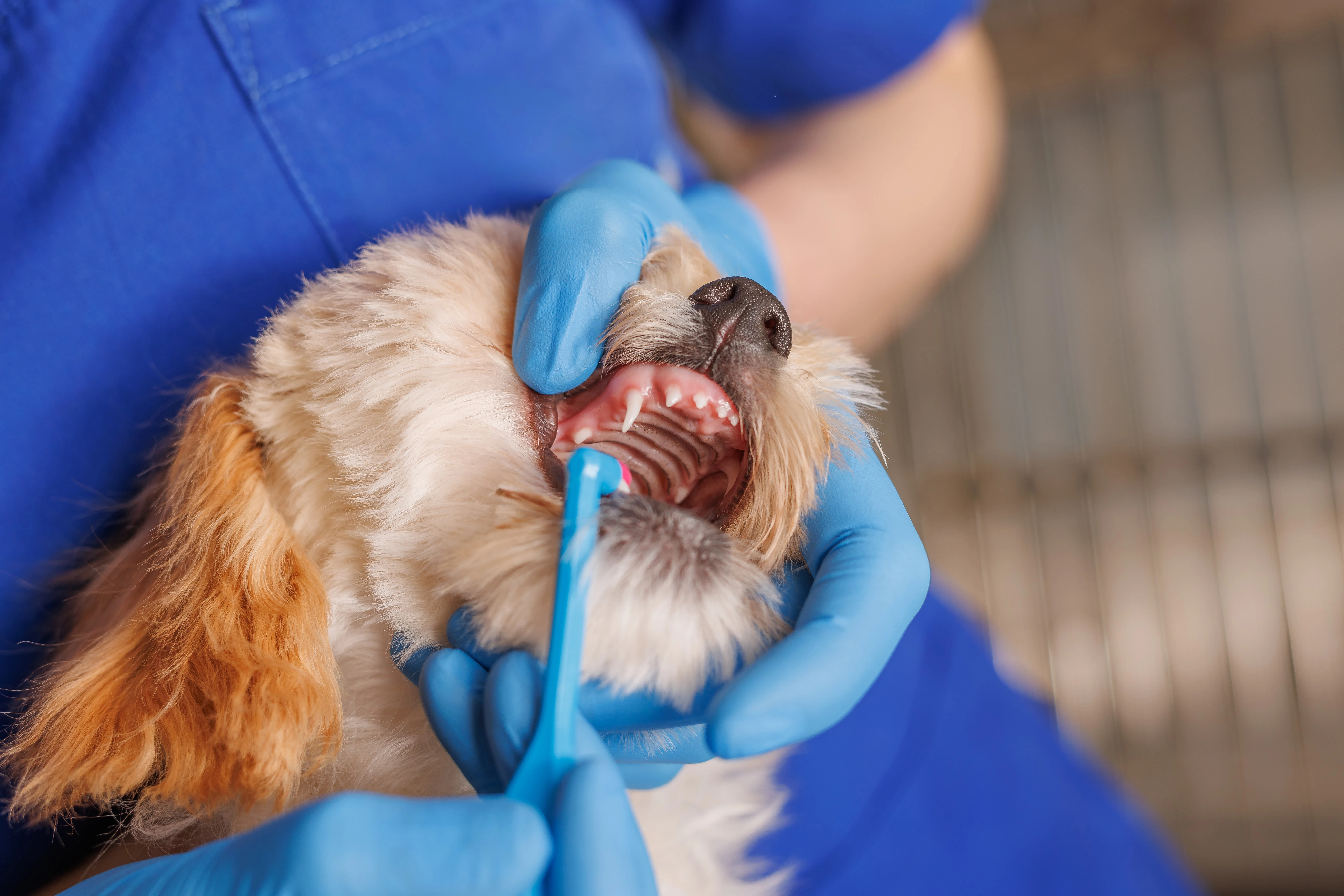
Periodontal disease affects the periodontium area of your pet’s mouth which includes the area of the jaw that holds the teeth in place (sockets), local ligaments, and the underlying connective tissue (gingiva). Bacteria are often the cause of periodontal disease in dogs and can wreak havoc on your pet’s teeth and surrounding area.
Early stages of periodontitis begin with inflammation and may be mistaken for gingivitis, which refers to inflammation of tissue areas of the gingiva. Periodontitis is a common disease that affects dogs and can be sufficiently controlled if it is caught in the early stages.
Some of the early indicators are that your pet may be developing periodontitis or gingivitis.
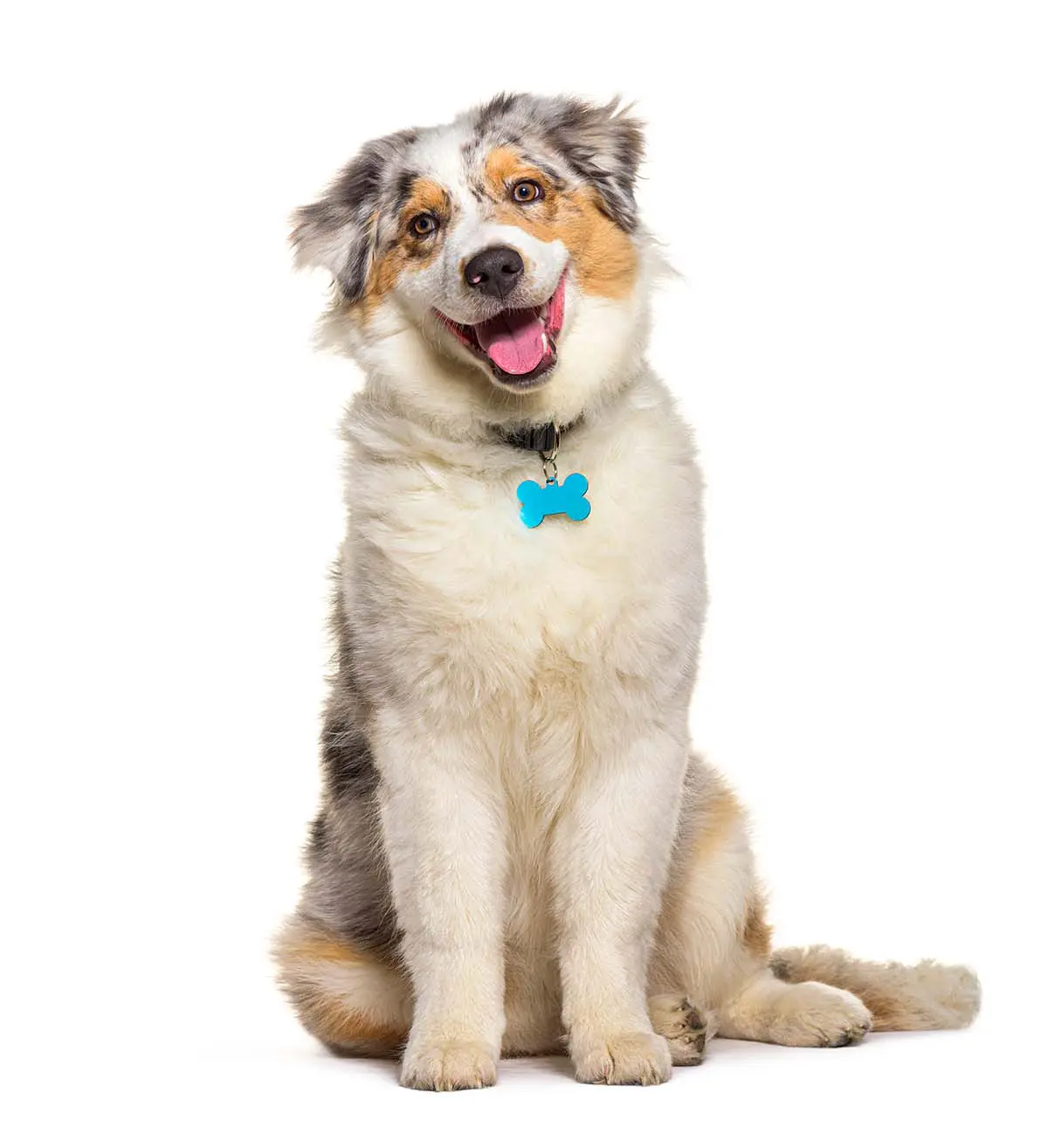
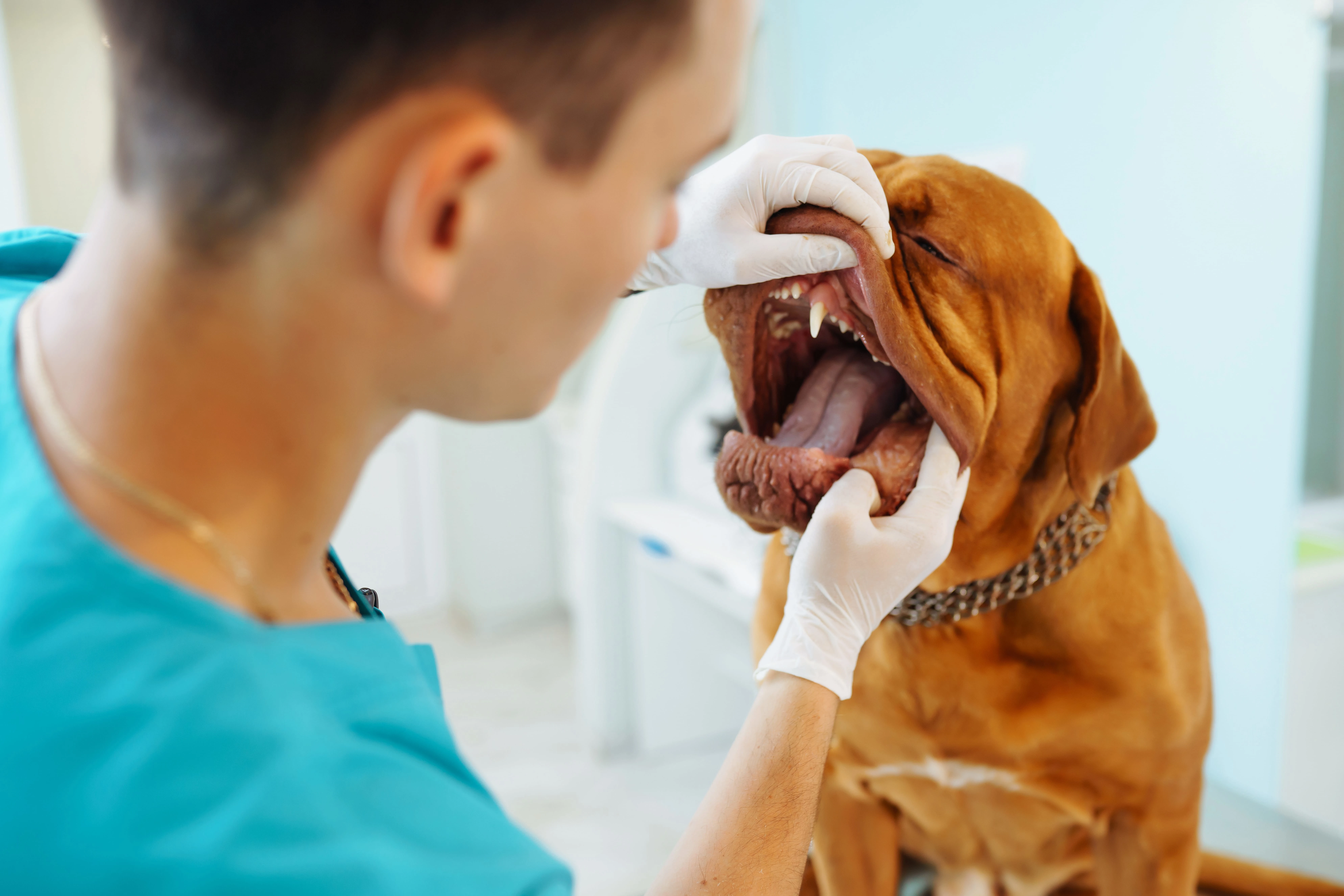
The vet will begin by conducting a non-anesthetic oral exam to identify any areas of potential periodontitis disease or gingivitis in your pet.
Plaque and tartar are removed from your pets’ teeth in a process called scaling. This process can be done manually or with the use of an ultrasonic scaler that uses less force in removing hardened plaque and tartar on the teeth. To reach below the gumline the veterinarian may use a Curettage tool to reach all areas of the dog’s gums.
An assessment of your pet’s oral health will be recorded by the vet and made available to pet owners as a record of note post appointment.
If your pet has serious degenerative periodontal disease, We will recommend escalating treatment at a partner clinic for surgery to extract damaged teeth and eliminate serious inflammation hazardous to your pet’s health.
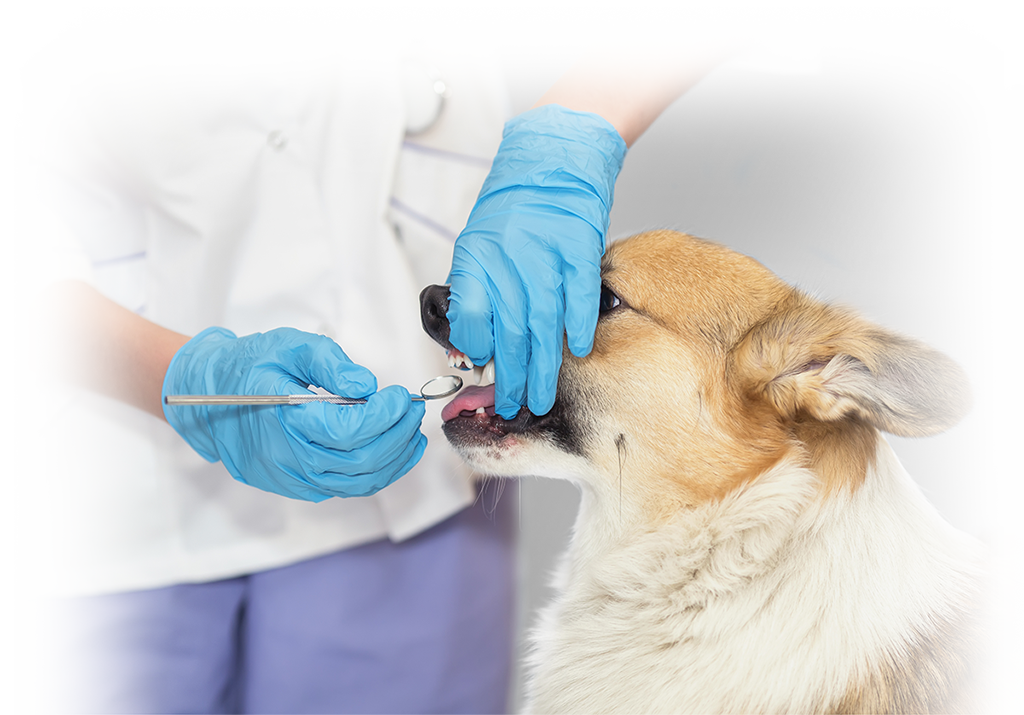
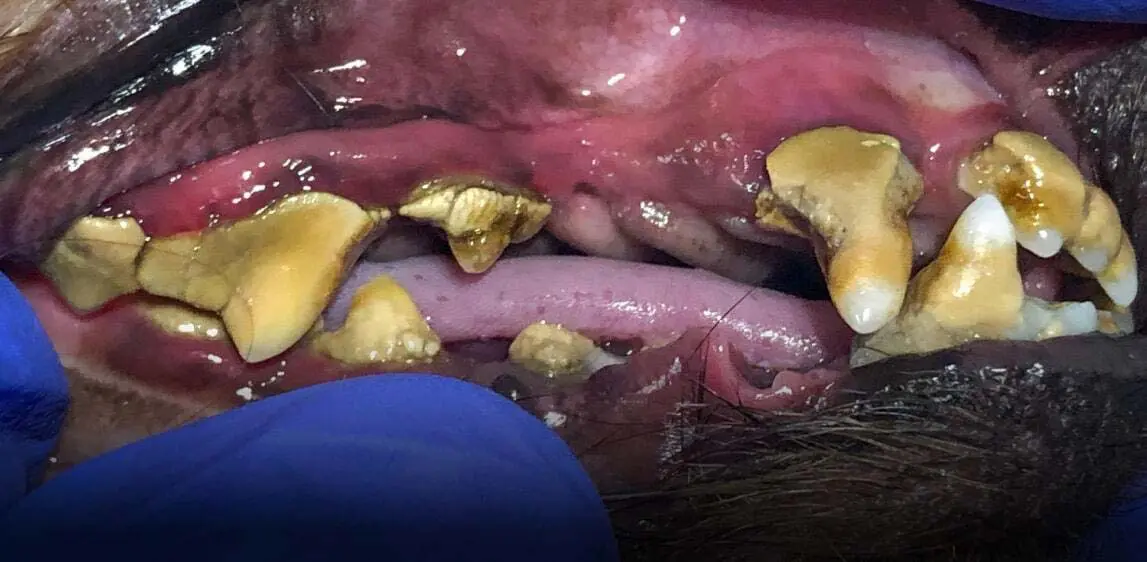
Before and After Treatment:
The striking results of an oral exam and teeth cleaning by a professional veterinarian that is critical in fending off the onset of gingivitis and early-stage periodontitis.
Look for yellowing teeth and significant tartar buildup. Inflammation of the gumline is also a strong signal your pet needs urgent oral care.
Just like dogs, cats can experience periodontitis disease which may be challenging for the pet owner to identify.
Red flags such as inflamed gums, discolored teeth and bad breath should be periodically checked for and monitored by the pet owner. In terms of the lifecycle of your cat, regularly scheduled, semi-annual teeth cleanings are the best way to prevent any disease and potential suffering by your cat.
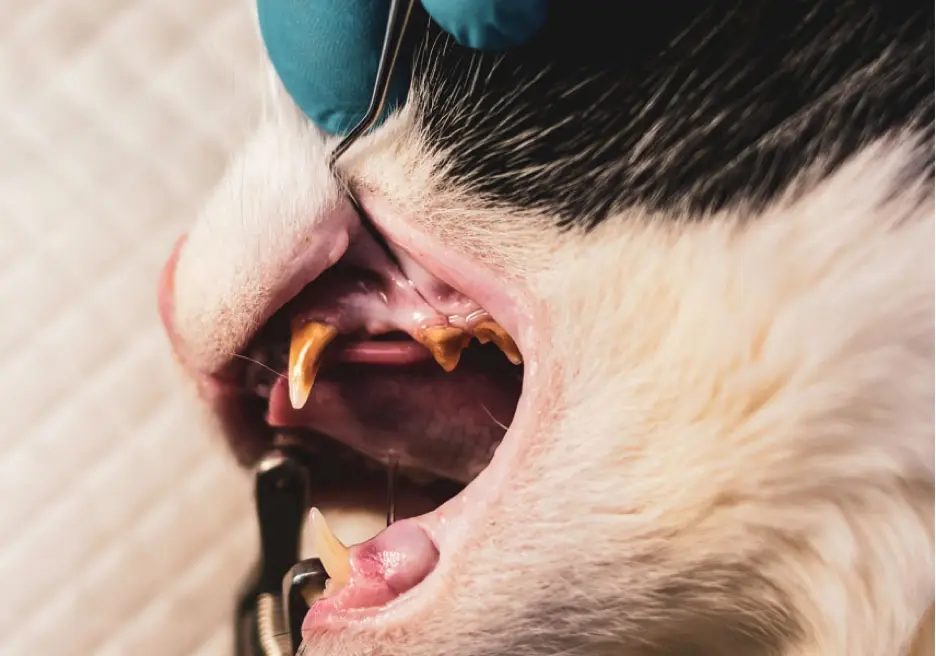
We provide convenient, affordable and hassle-free veterinary care services for cats and dogs in Our state-of-the-art mobile veterinary clinic. For even more convenience, we can bring our mobile clinic to your home! OR we can use our Pick & Drop Transporter to take your pet to and from our mobile clinic. (Travel rates vary).
LIMITED TIME ONLY, MAKE AN APPOINTMENT TODAY.
